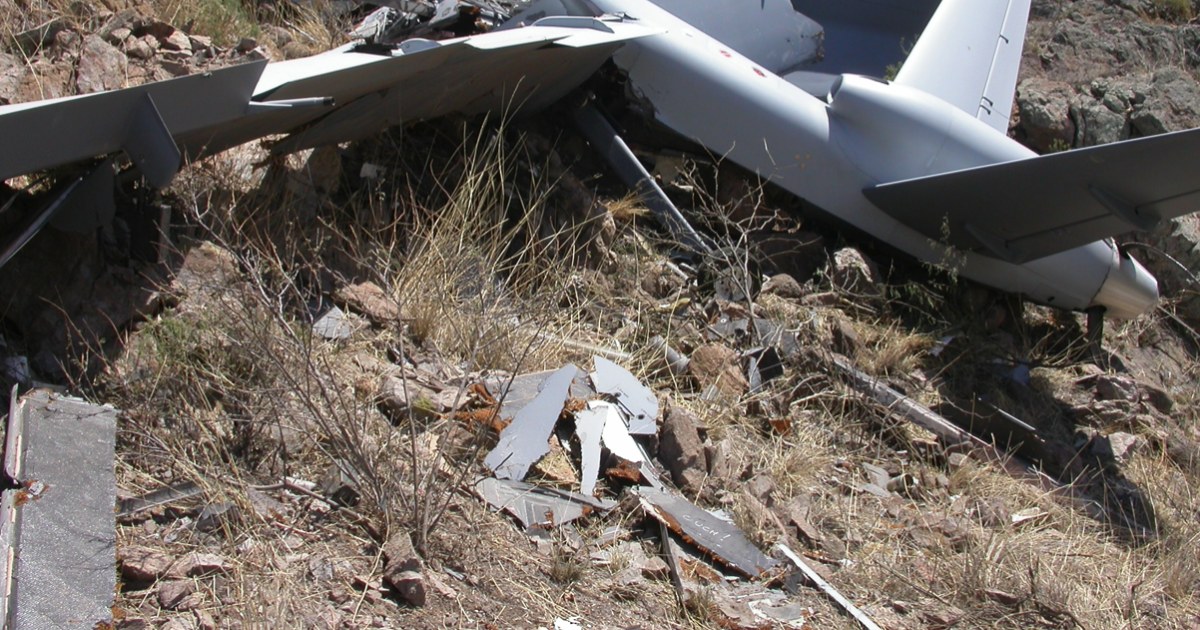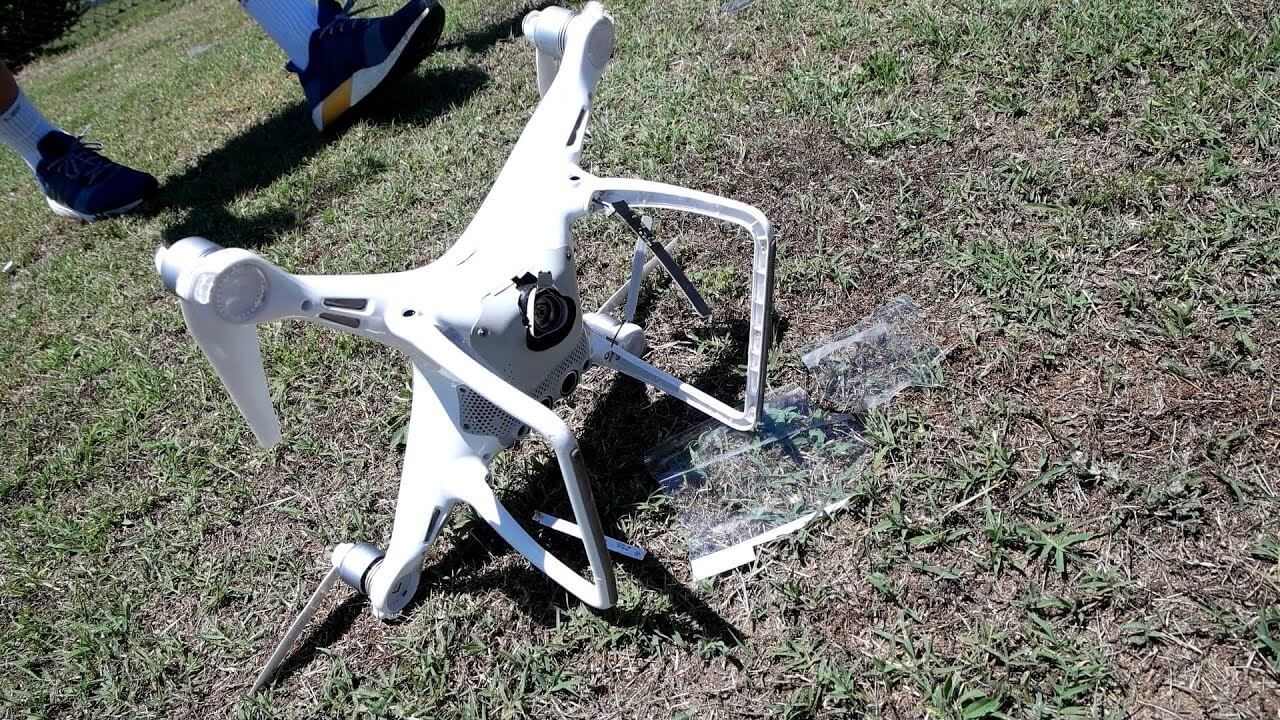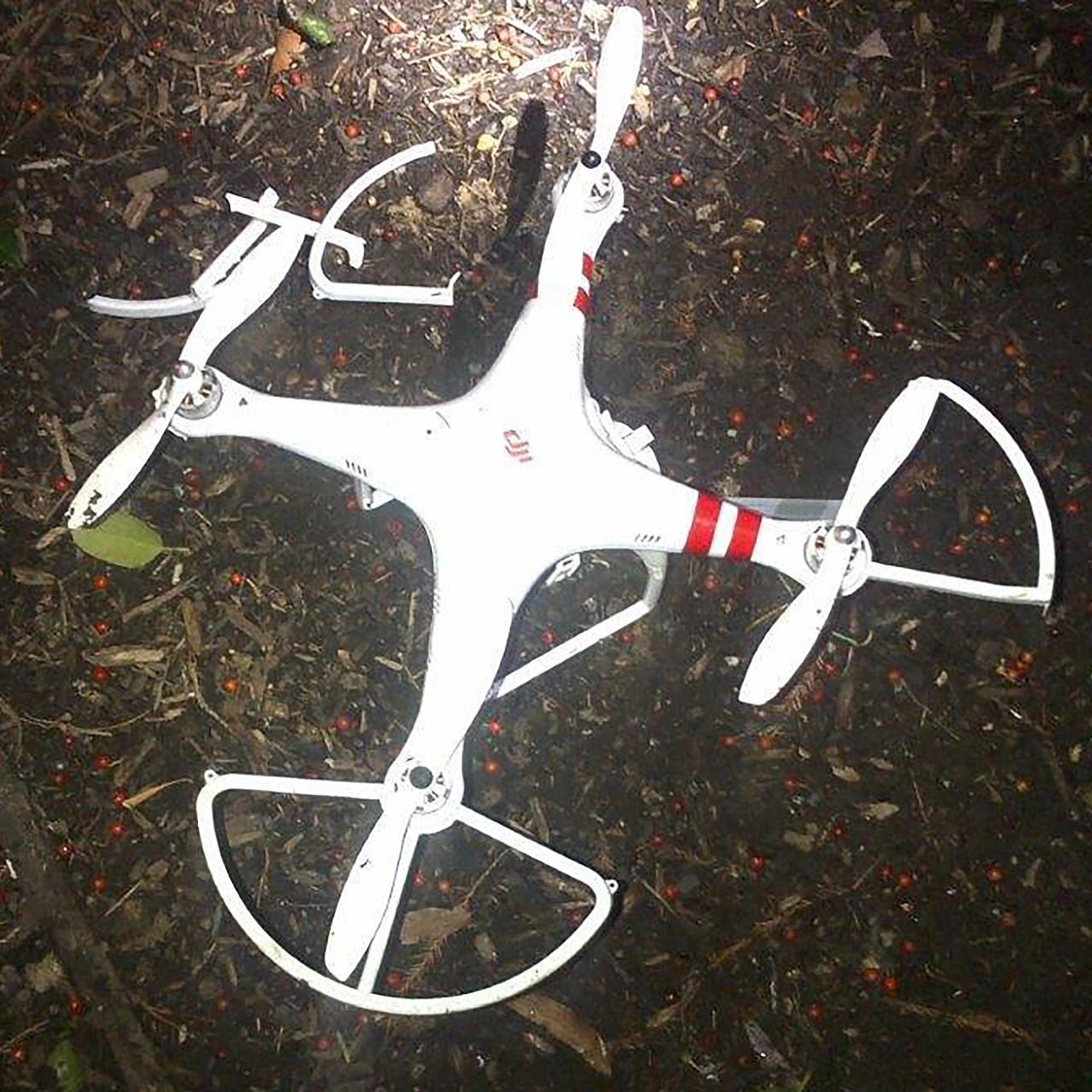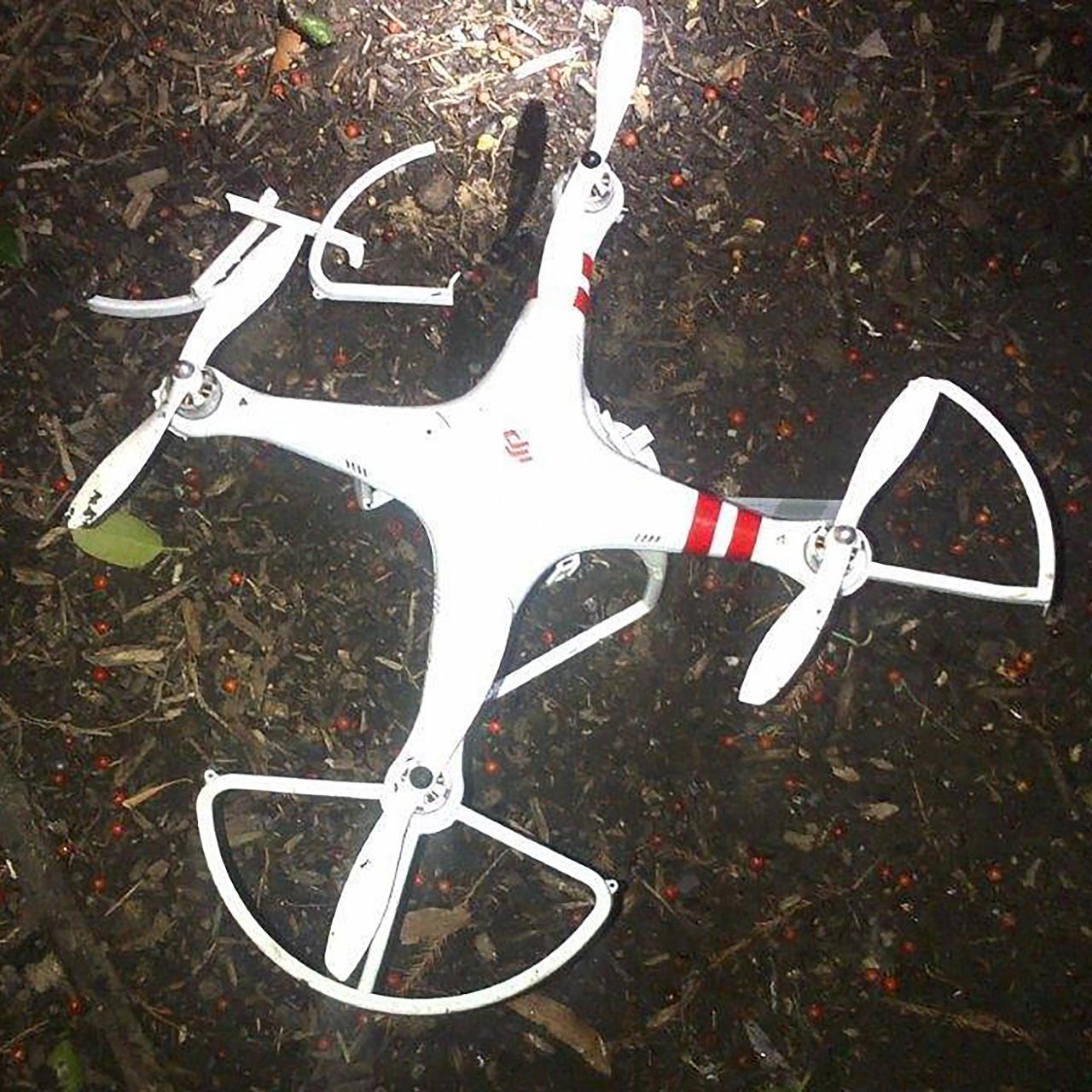Drone Crash Paris: The seemingly futuristic technology of drones has brought both innovation and challenges to major cities worldwide. Paris, a city known for its rich history and dense urban environment, is no exception. This analysis delves into the incidents involving drone crashes in Paris, exploring their causes, the regulatory landscape, and the potential consequences for the city’s future.
We’ll examine everything from technical malfunctions to human error, and from current safety regulations to potential technological advancements that might mitigate future risks.
We’ll look at the impact of these crashes, not only on infrastructure and the economy but also on public perception. This investigation aims to provide a thorough understanding of the complexities surrounding drone operations in Paris, offering insights into how the city can balance the benefits of drone technology with the need for safety and responsible use.
Recent Drone Incidents and Their Impact in Paris: Drone Crash Paris
Paris, a city renowned for its iconic landmarks and bustling atmosphere, has also experienced its share of drone-related incidents in recent years. These incidents, ranging from minor malfunctions to more significant crashes, highlight the growing need for robust safety regulations and technological advancements in the field of drone operation. This article examines recent drone crashes in Paris, exploring their causes, the current regulatory landscape, and the potential for a safer future of drone integration within the city.
Significant Drone Crashes in Paris (Last Five Years)
The following table summarizes significant drone incidents in Paris over the past five years. Note that detailed information on all incidents may not be publicly available due to privacy or ongoing investigations.
| Date | Location | Cause (if known) | Outcome |
|---|---|---|---|
| October 26, 2022 | Near the Eiffel Tower | Pilot error (likely exceeding altitude restrictions) | Drone recovered; minor damage to drone; no injuries reported. |
| June 15, 2021 | Tuileries Garden | Mechanical failure (propeller malfunction) | Drone crashed; minor property damage; no injuries. |
| March 8, 2020 | Louvre Museum vicinity | Unknown; investigation ongoing | Drone recovered; no injuries; potential security breach investigated. |
| December 2, 2019 | Champ de Mars | Strong winds; pilot inexperience | Drone damaged; no injuries; police intervention. |
| August 10, 2018 | Notre Dame Cathedral (pre-fire) | Battery failure | Drone crashed; minor damage to drone; no injuries. |
The drones involved in these incidents varied, including hobbyist models, commercial-grade drones, and potentially unauthorized drones of unknown origin. Sizes and capabilities also varied significantly.
Causes of Drone Crashes in Paris
Drone crashes in Paris, like those in other major cities, stem from a combination of factors. Understanding these causes is crucial for implementing effective safety measures.
Technical Malfunctions: These include battery failures, motor malfunctions, GPS signal loss, and software glitches. Poorly maintained drones are particularly vulnerable to these issues.
Human Error: Pilot error, including inadequate training, negligence in pre-flight checks, and failure to adhere to regulations (e.g., exceeding altitude limits or flying in restricted airspace), is a significant contributor. Inadequate maintenance by the drone operator is another key aspect of human error.
Environmental Factors: Strong winds, rain, fog, and unexpected obstacles (birds, buildings, trees) can significantly impact drone stability and control, leading to crashes. Paris’s dense urban environment presents numerous potential obstacles.
Comparison with Other Cities: While the specific causes might vary, the overall pattern of drone accidents in Paris mirrors those in other major cities worldwide. Technical malfunctions, human error, and environmental factors remain common threads, though the density of Parisian airspace and the prevalence of historical landmarks introduce unique challenges.
Safety Regulations and Enforcement in Paris
France, and consequently Paris, has implemented drone regulations to ensure safety and security. These regulations are designed to prevent accidents and maintain order in the airspace.
- Registration of drones above a certain weight.
- Mandatory pilot certification for commercial operations.
- Restrictions on flying near airports, monuments, and crowded areas.
- Limitations on flight altitude and distance.
- Requirement for maintaining visual line of sight with the drone.
Enforcement mechanisms include fines, drone confiscation, and potential criminal charges for serious violations. The French Directorate General of Civil Aviation (DGAC) plays a crucial role in overseeing these regulations.
Hypothetical Regulatory Improvement: Implementing a drone traffic management system (similar to air traffic control for manned aircraft) in high-density areas like central Paris could significantly improve safety. This system could integrate drone identification and tracking capabilities.
Successful Initiatives in Other Cities: Cities like Amsterdam and Singapore have successfully implemented drone delivery programs using geofencing and designated flight corridors. Adapting such strategies to Paris, focusing on specific use cases (e.g., emergency services, infrastructure inspections), could enhance safety while enabling beneficial drone applications.
Impact and Consequences of Drone Crashes

Drone crashes in Paris can have several significant consequences.
Economic Impact: Damage to property (e.g., buildings, vehicles), disruption of services (e.g., airport operations), and the costs associated with investigations and clean-up efforts all contribute to the economic impact. Tourism could also be impacted by high-profile incidents.
Safety Risks: The potential for injury or death from falling drones, particularly in densely populated areas, is a serious concern. Damage to critical infrastructure is another possibility.
Public Perception: High-profile crashes can negatively influence public perception of drones, creating anxieties about safety and security. This can hinder the adoption of beneficial drone applications.
| Consequence Type | Severity | Likelihood | Mitigation Strategy |
|---|---|---|---|
| Property Damage | Medium to High (depending on location and size of drone) | Medium | Stricter regulations, improved drone technology, public awareness campaigns |
| Injury/Fatality | High | Low | Enhanced safety features, stricter enforcement of no-fly zones, pilot training |
| Disruption of Services | Medium | Medium | Drone traffic management system, improved communication and coordination |
| Reputational Damage | Medium | Medium | Proactive communication, emphasis on safety initiatives, swift incident response |
Future of Drone Use in Paris, Drone crash paris

The future of drone use in Paris hinges on addressing safety concerns while harnessing the technology’s potential benefits.
Future Applications: Imagine a network of drones autonomously monitoring traffic flow, optimizing delivery routes, inspecting bridges and infrastructure, and even assisting emergency services with rapid response. These drones would operate within designated flight corridors and be equipped with advanced safety features, such as obstacle avoidance systems and redundant power sources.
Technological Advancements: Advancements in sensor technology (LiDAR, radar, cameras), artificial intelligence (AI) for autonomous navigation and obstacle avoidance, and improved communication systems will play a critical role in mitigating risks. The development of more robust and reliable drone hardware is also essential.
Drone crashes in major cities are becoming increasingly common, posing safety concerns and raising questions about regulations. A recent incident highlighted this, specifically a drone crash in Paris , which thankfully resulted in no serious injuries. The Paris incident underscores the need for stricter drone safety protocols to prevent future occurrences and safeguard the public.
Hypothetical Safety Awareness Campaign: A city-wide campaign could utilize public service announcements, educational workshops, and interactive online resources to educate the public about drone safety regulations and responsible drone operation. The campaign could emphasize the benefits of drones while highlighting the importance of safe practices.
Heard about that drone crash in Paris? Crazy stuff, right? It makes you think about the risks involved, especially when you consider larger-scale events. For example, check out this article on a drone show crash that highlights the importance of safety protocols. Ultimately, preventing similar incidents in Paris, and everywhere else, requires careful planning and robust safety measures.
Safer and More Efficient Operations: Through a combination of improved drone technology, stricter regulations, and comprehensive public awareness campaigns, Paris can pave the way for safer and more efficient drone operations, unlocking the technology’s potential to enhance various aspects of city life.
Epilogue

Drone crashes in Paris, while relatively infrequent compared to other urban aviation challenges, highlight the need for robust safety regulations and continuous technological improvement. Understanding the causes, consequences, and potential mitigation strategies is crucial for ensuring the safe and effective integration of drones into the Parisian airspace. By learning from past incidents and proactively addressing potential risks, Paris can harness the full potential of drone technology while minimizing the dangers associated with its use.
Clarifying Questions
What types of drones are most commonly involved in Paris crashes?
The types vary, but smaller consumer drones seem to be more frequently involved in reported incidents due to their greater accessibility.
How does Paris’s drone regulation compare to other major European cities?
Regulations vary across cities, but Paris generally aligns with common European standards, focusing on registration, licensing, and restricted airspace zones.
Are there specific areas in Paris where drone flights are particularly risky?
So, that drone crash in Paris got everyone talking about safety regulations, right? It makes you think about how much planning goes into a really spectacular drone show, like the one you can check out here: florida drone show. Seeing those amazing displays makes you appreciate the skill involved, and maybe even understand why sometimes things go wrong, like that Paris incident.
Hopefully, future shows will prioritize safety even more.
Areas near major landmarks, airports, and densely populated zones carry higher risk due to increased obstacles and potential for damage.
What kind of compensation is available for damage caused by a drone crash?
This depends on the circumstances and insurance coverage. Liability typically falls on the drone operator, but specific legal recourse varies case by case.
